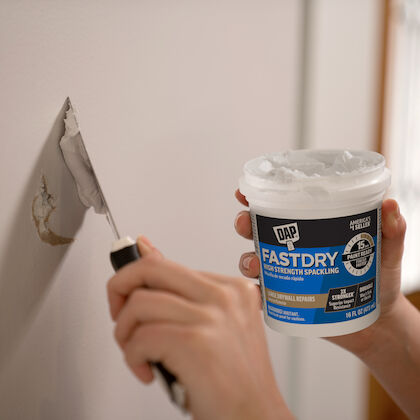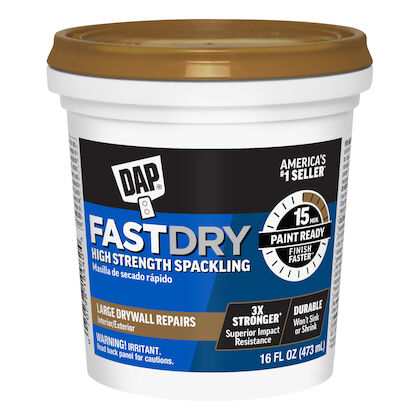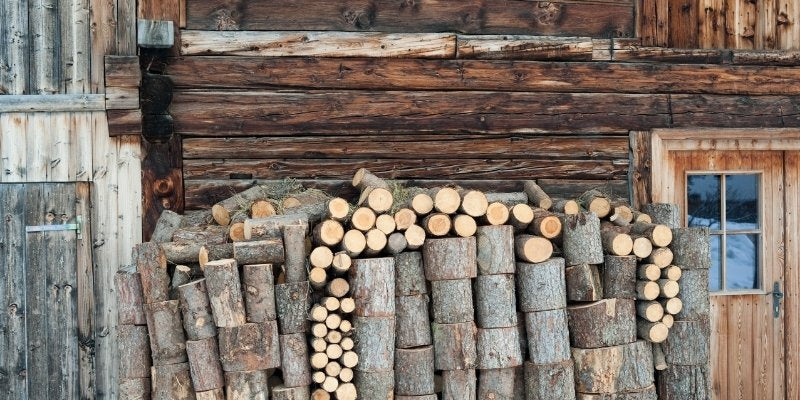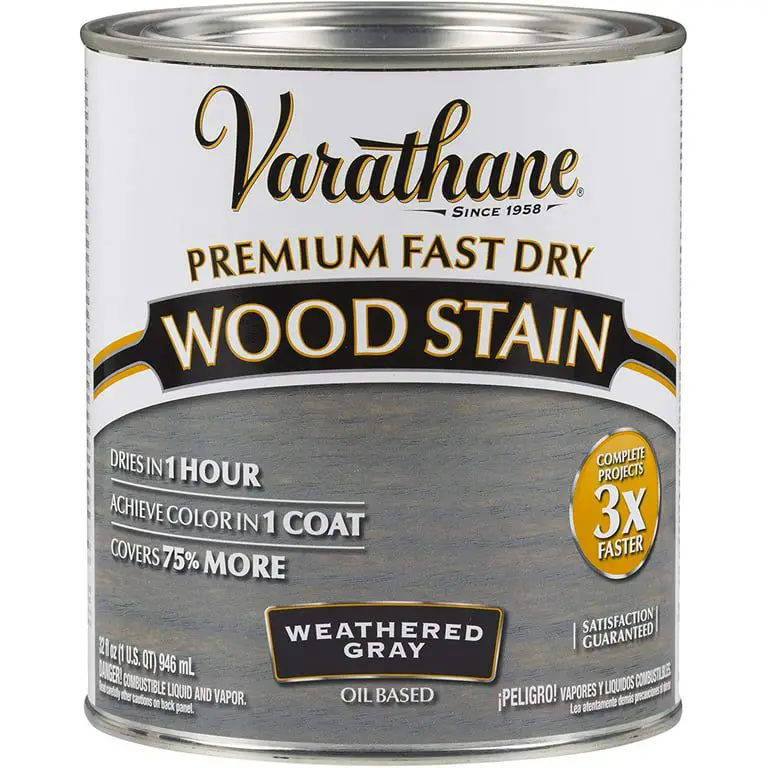To dry wood quickly, increase airflow and heat by using a kiln or a dehumidifying machine. Wood drying is essential to reduce moisture content and prevent warping, cracking, and decay.
When moisture is trapped within wood, it can lead to various issues, including reduced strength and compromised quality. Therefore, it’s crucial to dry wood effectively. One way to achieve this is by using a kiln, which provides controlled temperature and humidity levels to expedite the drying process.
Alternatively, a dehumidifying machine can be used to remove moisture from the air surrounding the wood. By implementing these methods, you can dry wood quickly and ensure its usability and durability for various applications.
Choosing The Right Wood
Drying wood quickly requires selecting the right type of wood. By understanding moisture content and wood species, you can ensure the drying process is efficient and effective.
Moisture Content
Moisture content is the key factor when it comes to drying wood quickly. Wood that has a high moisture content takes longer to dry, while wood with a lower moisture content dries faster. It is important to choose wood with a moisture content of around 30-35% for faster drying results. This moisture content allows for a balanced and controlled drying process.
It is recommended to use a moisture meter for accurate measurement of moisture content. This handy tool helps determine the moisture levels in the wood, allowing you to select the right wood for efficient drying. Remember, the lower the moisture content, the quicker the drying time.
Wood Species
The species of wood you choose also affects the drying time. Some woods have a higher natural moisture content and are more challenging to dry quickly. Others have lower moisture content and are ideal for faster drying. Let’s take a look at some wood species and their moisture content:
| Wood Species | Moisture Content |
|---|---|
| Oak | Around 50-60% |
| Pine | Around 35-45% |
| Maple | Around 30-40% |
As seen in the table above, oak has a higher moisture content compared to pine and maple. Therefore, if you are looking to dry wood quickly, it is advisable to choose a wood species with a lower inherent moisture content.
Other wood species such as birch and ash also have relatively low moisture content, making them suitable choices for faster drying. By selecting the right wood species, you can significantly speed up the drying process.

Credit: www.dap.com
Preparing The Wood
When it comes to drying wood quickly, proper preparation is essential. By following a few simple steps, you can ensure that the wood dries effectively and efficiently.
Cutting And Splitting
To start the drying process, you need to properly prepare the wood for drying. This involves cutting and splitting the wood into manageable sizes.
Cutting the wood into smaller pieces allows for increased surface area, which promotes faster drying. It is important to use the appropriate tools, such as a chainsaw or a handsaw, to ensure clean and precise cuts.
After cutting the wood into manageable lengths, it is necessary to split it. This helps to expose the inner layers of the wood, allowing moisture to escape more easily. You can use a splitting maul or a log splitter to accomplish this task efficiently.
Sealing The Ends
Sealing the ends of the freshly cut wood is crucial to prevent excessive moisture loss, which can lead to cracking and splitting.
One effective method is using end sealers or wax-based products to cover the exposed ends of the wood. These products create a protective barrier that slows down the rate of moisture evaporation, allowing for a more even drying process.
Alternatively, applying a layer of natural oils, such as linseed oil or tung oil, can also help seal the ends of the wood and maintain moisture balance during drying. Be sure to apply the sealant or oil evenly to all exposed ends of the wood to achieve the desired results.
By effectively preparing the wood through cutting and splitting and sealing the ends, you set the stage for a quicker and more efficient drying process.
Utilizing Air Drying Techniques
Drying wood quickly is essential for various woodworking and construction projects. Utilizing air drying techniques is one of the most effective methods for achieving rapid and efficient wood drying. Proper stacking and air circulation play a crucial role in this process, ensuring that the wood dries evenly while minimizing the risk of warping or cracking.
Proper Stacking
When air drying wood, the process begins with proper stacking. Stacking the wood in a uniform and organized manner is essential for allowing air to circulate evenly around each piece. By stacking the wood with spacers between each piece, you can facilitate optimal airflow and promote consistent drying throughout the entire stack.
Air Circulation
Adequate air circulation is crucial for expediting the wood drying process. Ensure that the stacked wood is positioned in an area with sufficient ventilation to allow the air to flow freely around the entire stack. This helps to prevent moisture buildup and ensures that the wood dries evenly and thoroughly.
Accelerating Drying Process
Drying wood quickly can be crucial in various woodworking projects. Accelerating the drying process requires efficient techniques and methods to ensure quality and efficiency. Below are some effective ways to speed up the wood drying process:
Use Of Dehumidification Methods
- Place wood in a room with low humidity levels to speed up drying.
- Utilize dehumidifiers to extract moisture from the air surrounding the wood.
- Ensure proper ventilation to facilitate quicker evaporation of moisture content.
Kiln Drying
| Method | Advantages |
|---|---|
| Conventional Kiln Drying | Controlled environment for consistent and rapid drying. |
| Vacuum Kiln Drying | Faster drying times due to reduced pressure. |
| Microwave Kiln Drying | Quick drying with less risk of defects. |
Ensuring Quality And Safety
To ensure quality and safety when drying wood quickly, it is important to closely monitor moisture levels and take steps to prevent cracking and warping. These measures help maintain the integrity of the wood while ensuring a successful drying process.
Monitoring Moisture Levels
Regularly checking the moisture content of the wood is crucial in ensuring efficient drying. Use a moisture meter to accurately measure moisture levels throughout the drying process.
Preventing Cracking And Warping
Implement proper stacking methods to allow for adequate air circulation around the wood. This helps prevent uneven drying and minimizes the risk of cracking or warping.

Credit: www.dap.com

Credit: www.waldenbackyards.com
Frequently Asked Questions Of How To Dry Wood Quickly
How Long Does Wood Take To Fully Dry?
Wood typically takes around 6-12 months to fully dry, depending on the type and thickness. To speed up the process, place it in a well-ventilated area and stack it with spacers between each piece. This helps moisture to evaporate, ensuring the wood is fully dried.
How Do You Dry Out Damp Wood?
To dry out damp wood, first, remove any surface moisture with a cloth. Then, place the wood in a well-ventilated area away from direct sunlight or heat sources. Allow it to air dry, turning it occasionally for even drying. If needed, use a dehumidifier or fan to speed up the process.
Avoid exposing the wood to extreme temperature or humidity fluctuations.
Can I Dry Wood In My Oven?
No, it is not safe or recommended to dry wood in your oven. It can cause a fire hazard and damage the oven. It’s best to use proper wood drying methods such as air drying or using a kiln specifically designed for wood drying.
How Do You Dry Firewood Fast Indoors?
To dry firewood fast indoors, use a well-ventilated area and stack the wood loosely. Use a dehumidifier to remove moisture. Position the wood near a heat source, like a fireplace or heater. Rotate the wood regularly for even drying. Monitor the moisture content to ensure the wood is properly dried.
Conclusion
Drying wood quickly requires careful consideration of the moisture content, temperature, and airflow. By following the tips and techniques discussed in this post, you can effectively speed up the drying process while ensuring the wood retains its quality and structural integrity.
Implementing these methods will help you achieve efficient and successful wood drying results.


